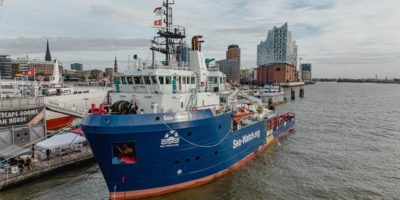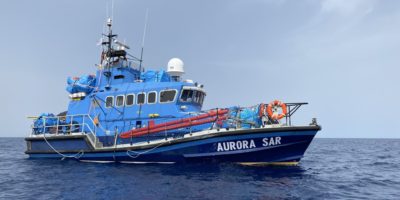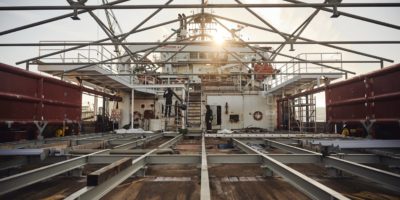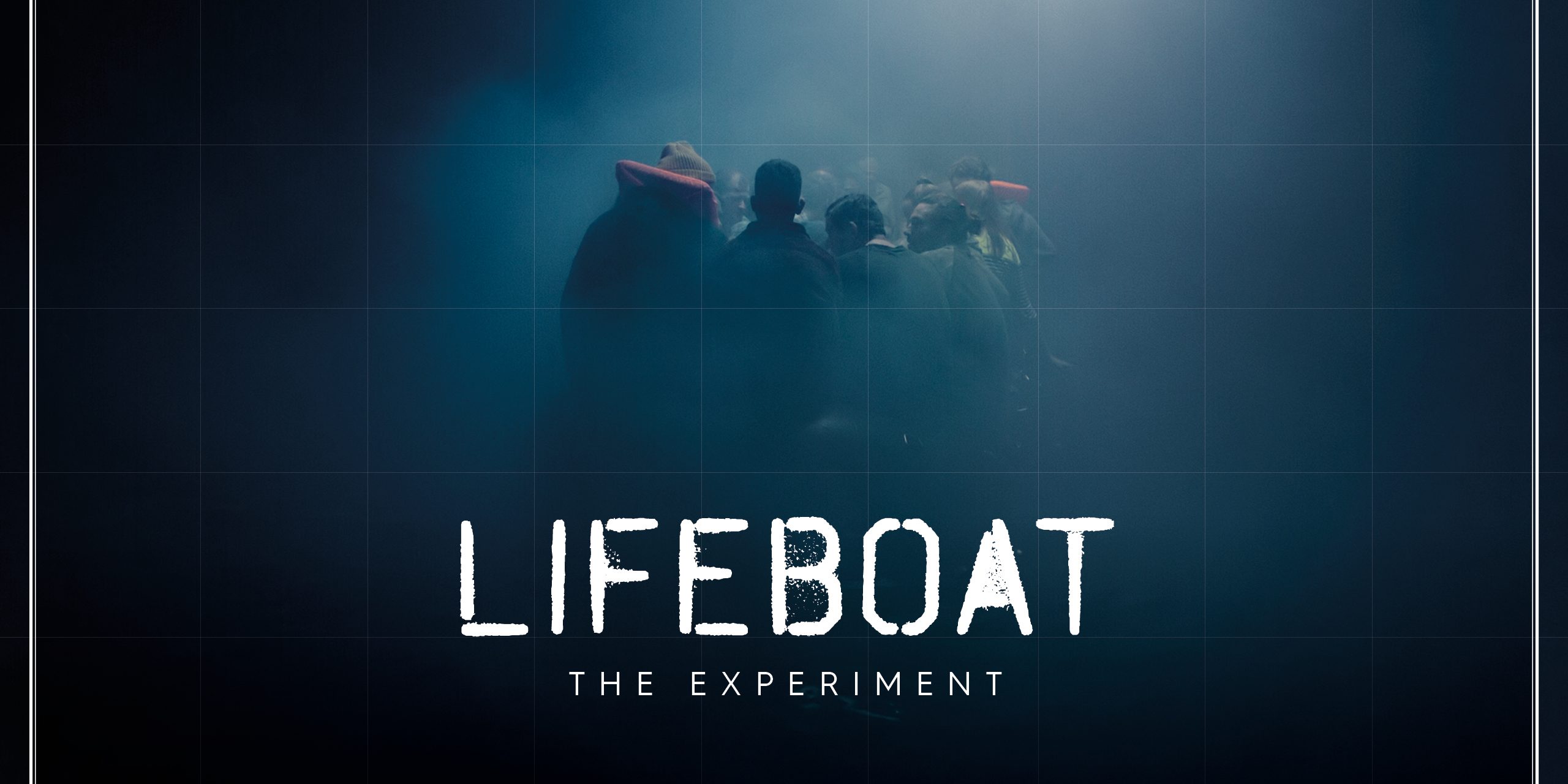Days on end, an inflatable boat journeys through large waves. Many of the passengers are seasick. They are unaware of how long it will take to reach land, or if they ever will, and what might be awaiting them there if they do. Though it is practically invisible in terms of press coverage, this scenario remains an even deadlier reality in the Mediterranean. Over the course of the past year, while Europe prioritized immigration prevention over safeguarding human rights, refugee deaths quadrupled. In 2018 alone, 2,277 people died while attempting to flee. If that were not horrifying enough: According to the Sea Watch requested YouGov survey*, 85% of respondents were unaware of this fact. One of the main reasons for the lack of awareness regarding this issue is that the EU – a purportedly neutral observer in the Mediterranean – has been making it increasingly difficult to report about it.
In an attempt to increase awareness of the rising death toll at sea and the turn of events leading to them, Sea Watch conducted an “experiment”. Forty volunteers took part in a simulation of a voyage at sea, spending hours in an over-filled boat to really capture the reality of the physical discomfort and mental torment involved. The experiment was created in collaboration with real people who had survived this journey. The outcome: The film “Lifeboat – The Experiment” by Oscar-nominated director Skye Fitzgerald.
www.lifeboatexperiment.org
LIFEBOAT – The Experiment
People are dying daily in the Mediterranean attempting to flee. As thousands lose their lives, European politicians watch callously while actively preventing civil sea rescue organizations from conducting rescue efforts.
“The duty to carry out sea rescue is not only part of the law of the sea but is a basic human right and should simply be non-negotiable,” exclaimed Michael Schwickart from Sea Watch. He continued, “We are using ‘LIFEBOAT – The Experiment’ to raise awareness of the refugees’ circumstances while attempting to flee, as well as posing the question if governments would still act in the same manner, refusing to help, if the passengers were white, privileged Germans in need of sea rescue.”
Sea Watch developed the simulation in close collaboration with survivors based on their personal experiences and feelings during rescue missions – while still balancing the difference between a simulation and the actual reality. Khandra (18) remembers and describes the voyage from Libya to Italy as: “There were about 300 people on a really small boat. We were on the boat for around 23 hours. The weather was not particularly good, it was very windy with high waves. And as far as the eye could see, only water.”
Unlike those actually fleeing – who have no other options – 40 volunteers squeezed themselves inside an overfilled inflatable boat. The boat was held inside a training facility and the participants remained inside the boat for an undetermined period of time in order to gain a mere glimpse of what the real experience must be like. Lights, sounds, sea movements were all simulated to be as realistic as possible. The volunteers had the option to jump overboard and swim to the nearby shore, where divers and medical personnel were waiting.
Saher (30), one of the refugees involved, explained his motivation: “By participating in „LIFEBOAT – THE EXPERIMENT“ I want to give refugees who can not speak for themselves a voice to be heard. My journey was the worst time of my life but I also know that there are even more worse stories out there. It is very smart to let the Germans experience a little bit of the suffering that I went through because people don’t listen to the refugees any more.”
The result of the experiment: Seven of the participants left the boat early and the remaining volunteers held out until the end – the majority of them extremely nauseous. All of the participants unanimously agreed that only something like extreme despair and hopelessness could persuade someone to endure something like this. “I have a better understanding of what a dire situation one must be facing in order to take such a big risk like this,” said one participant after the experiment.
The experiment in images
The experiment, the refugees’ testimonies and the participants’ reactions were filmed and edited into a documentary. Oscar-nominated director Skye Fitzgerald was the creative director and post-production producer. “This experiment is going to spark a dialogue that turns the tide. We need to start thinking about how to deal with this crisis in a more significant and meaningful way. If this helps to change one person’s opinion and perspective, then it was a success,” explains Fitzgerald.
More information regarding “Lifeboat – The Experiment” can be found at www.lifeboateperiment.org
*YouGov survey was commissioned by Sea-Watch. The data used are based on an online survey conducted by YouGuv Deutschland GmbH, in which 2027 people participated between 20.03.2019 and 22.03.2019. The results were weighted and are representative for the German population aged 18 and over.











